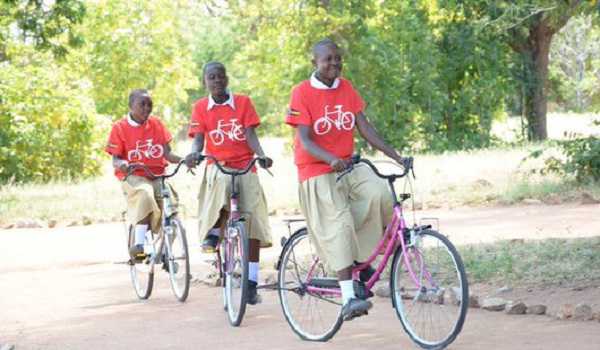The simple, affordable, and environmentally friendly bicycle is not just a means of transportation, but also ‘a tool for development’, the United Nations said in a message on World Bicycle Day.
Taking to two wheels fosters “sustainable consumption and production”, and has a “positive impact on climate”, according to the UN.
Moreover, biking enhances access to education, health care and sport; and the synergy between the bicycle and the cyclist raises a more intimate and immediate awareness of the local environment.
According to the UN Environment Programme, even though the benefits of investing in pedestrians and cyclists can “save lives, help protect the environment and support poverty reduction”, the mobility needs of people who walk and cycle, mostly urban dwellers, “continue to be overlooked”.
“The price paid for mobility is too high, especially because proven, low-cost and achievable solutions exist”, underscores UNEP’s Share the Road Programme Annual Report 2018. “No-one should die walking or cycling to work or school”.
The programme continues to advocate for action, working with countries around the world to prioritise the needs of pedestrians and cyclists – a critical part of the mobility solution for helping cities break the link between population growth and increased emissions, and to improve air quality and road safety.
According to the World Health Organisation (WHO), safe infrastructure for walking and cycling is also a pathway to greater health equity for the poorest urban dwellers, by providing transport “while reducing the risk of heart disease, stroke, certain cancers, diabetes, and even death”.
UN Headquarters in New York marked the day with a special outdoor event, which General Assembly President María Fernanda Espinosa observed comes “at a crucial time” as there are only 11 years left “to avoid the worst impacts of climate change”.
With 2030 marking the deadline for the Sustainable Development Goals (SDGs), she encouraged support for new technologies, adding that “we must also ensure we are harnessing existing tools, such as the bicycle”.
“From reducing transport emissions and road deaths to tackling obesity and noncommunicable diseases, improving rural connectivity and empowering women and girls, bicycles can make a crucial contribution”, she stated.
Noting that transport is the third-largest source of CO2, Ms Espinosa cited studies showing that if just 10 per cent of city journeys were taken by bike, urban transport emissions would fall by 7 per cent.
“It would also contribute to reducing air pollution – the theme for this year’s World Environment Day – helping to save the lives of some 7 million people a year”, she pointed out. “And I suspect there would be a significant boost – to the economy and to more peaceful societies – if people were not gridlocked in traffic.”
“So, we must do more to integrate bicycles into urban and rural planning, infrastructure and design”, she urged. “And we must invest in education to promote the multiple benefits of cycling”.
At just seven months old, Mr Southerland was diagnosed with type 1 diabetes. Living in Tallahassee Florida, his parents were told that he would be dead or blind by age 25. Fortunately, at 12 years-old he discovered bicycling.
While helping a friend in college to manage his own type 1 diabetes, Mr Southerland realised the value of using the bike as a means to “show the world that exercise is the billion-dollar drug that never gets prescribed”.
The athlete is living proof that “you can still chase your dreams with diabetes”. (UNI)




